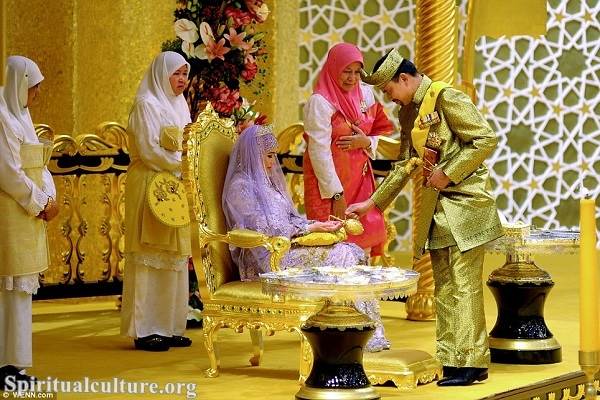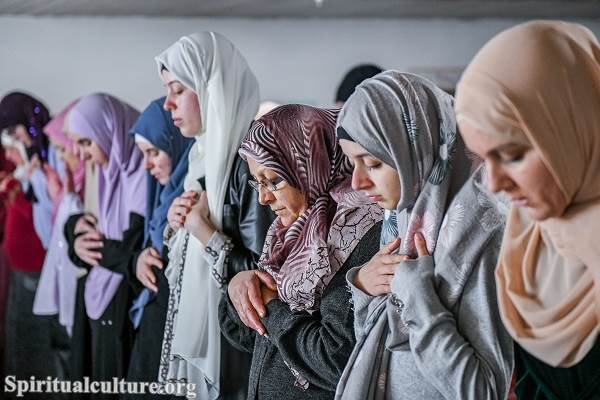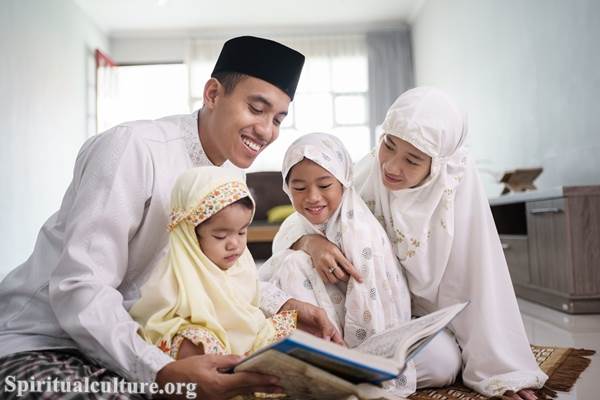What do Muslim brides and grooms wear?
Muslim brides and grooms wear traditional attire to reflect their cultural and religious background. The groom typically wears a Sherwani, a long coat-like garment often made of silk or velvet and embroidered with gold or silver thread. The Sherwani is worn over a pair of loose-fitting pants called shalwar and is accompanied by a turban or cap.
The bride typically wears a Lehenga, which is a long skirt with a matching top and a dupatta or hijab. The Lehenga can be made of a variety of fabrics, such as silk or chiffon, and is often adorned with intricate embellishments, such as embroidery, beads, and sequins. The top is typically called a Choli and is a form-fitting blouse that is worn over the Lehenga. The hijab or dupatta is a veil that covers the bride’s head and is usually coordinated with the rest of her outfit.

Both the Sherwani and Lehenga are typically ornate and brightly colored, and they reflect the bride and groom’s pride in their heritage and culture.
What should men wear to a Muslim wedding?
For a Muslim wedding, it’s best for men to dress modestly and conservatively. A thobe or dishdasha, a traditional long white gown, is often worn by men in Muslim countries. A suit and tie are also a suitable option.
It’s important to avoid revealing clothing, such as shorts or short-sleeved shirts, and to cover one’s arms and legs. Wearing a head covering, such as a kufi or taqiyah (skullcap), is also a sign of respect.
The goal is to dress respectfully and in accordance with local customs and traditions.
What should women wear to a Muslim wedding?
Modest clothing for women attending a Muslim wedding typically includes:
- A long dress or skirt that covers the arms and legs, usually to the ankles.
- A blouse or tunic that covers the chest and arms without a plunging neckline.
- A headscarf, hijab, or shawl to cover their hair.
- Loose-fitting, non-transparent clothing that does not reveal the shape of the body.
It’s also common to wear traditional dress, such as an abaya or kaftan, which are long robes that cover the entire body. Color choices should be appropriate for a formal event, such as earth tones, black, or pastel shades. Avoid wearing bright or flashy colors.
In general, the goal is to dress modestly and respectfully, avoiding anything that could be considered inappropriate or distracting.





